
Strawberry diseases: how to identify prevent and treat
Introduction to Strawberry Diseases
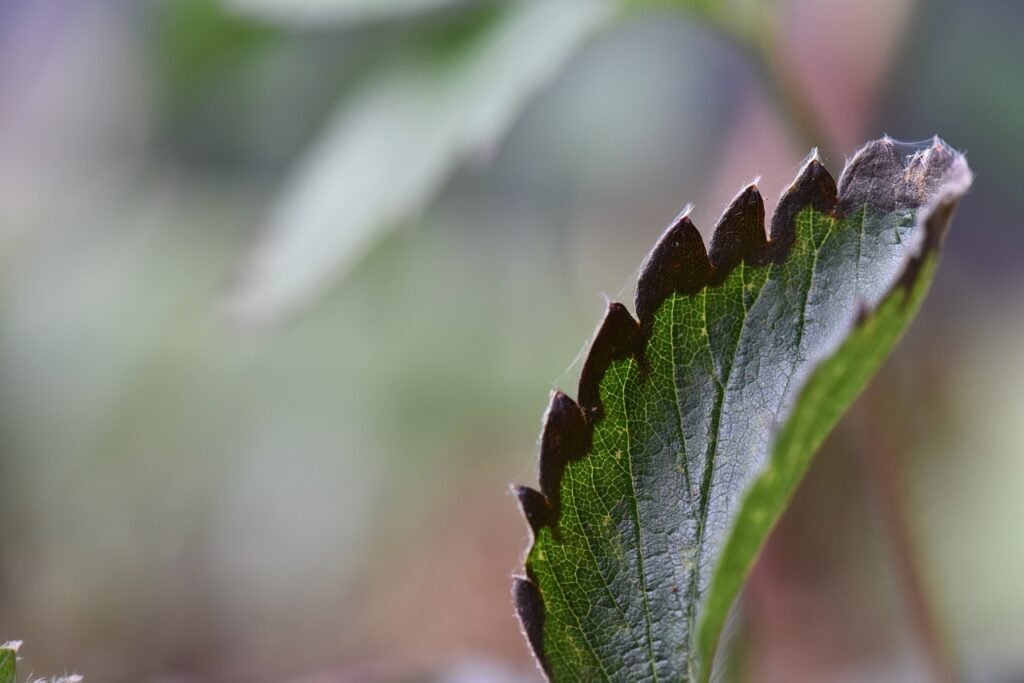
Overview of common diseases affecting strawberries
Strawberries, with their juicy sweetness and vibrant red color, are beloved by many. However, these delicate fruits are susceptible to various diseases that can threaten their health and productivity.
Common diseases that plague strawberries include powdery mildew, gray mold (Botrytis cinerea), anthracnose, and verticillium wilt. Each of these diseases presents unique symptoms that can impact the growth and yield of your strawberry plants.
Importance of early detection and prevention
Early detection is crucial when it comes to managing strawberry diseases effectively. By recognizing the signs of infection early on, you can take proactive measures to prevent the spread of disease and protect your strawberry crop.
Timely intervention not only saves your plants from potential devastation but also reduces the need for aggressive treatments later on. Prevention is always better than cure when it comes to safeguarding the health and vitality of your strawberry plants.
Identifying Strawberry Diseases
Visual Clues: Discoloration, Spots, Wilting
When it comes to spotting diseases in your strawberry plants, keep a keen eye out for any unusual discoloration on the leaves or fruit. Look for spots that are brown, black, or moldy in appearance.
Wilting is another red flag – if your plants are looking droopy and lackluster, there may be an underlying disease at play. These visual symptoms can vary depending on the specific disease affecting your strawberries, so familiarize yourself with common signs to stay proactive in maintaining plant health.
Regular Plant Health Monitoring
Monitoring your strawberry plants regularly is key to catching diseases early on. Make it a habit to inspect your plants at least once a week, checking for any changes in leaf color or texture, as well as any new spots or growth abnormalities. Keep a close watch on the overall vitality of the plants – are they thriving and producing well?
Any sudden decline in growth or fruit quality could signal an underlying disease issue that needs attention. By staying vigilant and observant, you can nip potential problems in the bud before they escalate into major threats to your precious strawberry crop.
Preventative Measures for Strawberry Diseases
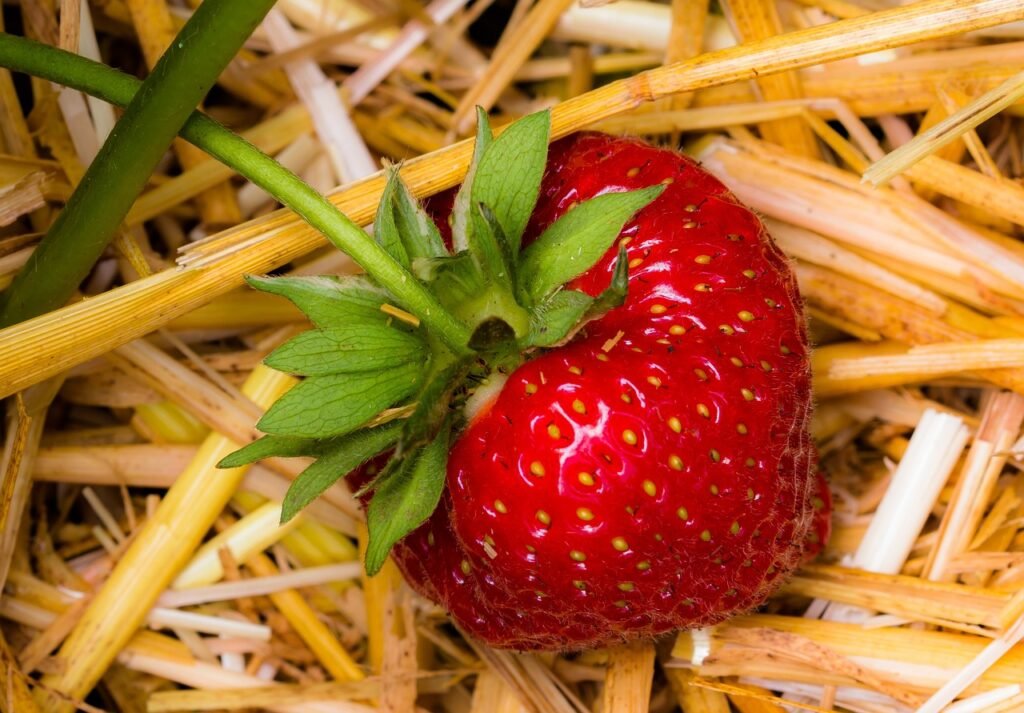
Proper Spacing Between Plants for Airflow
When it comes to keeping your strawberries healthy, giving them enough breathing room is key. Crowded plants can create a humid environment that’s perfect for diseases to thrive.
Make sure to space your strawberry plants about 12-18 inches apart to allow proper airflow between them. This will help reduce moisture build-up and prevent the spread of fungal infections.
Mulching to Prevent Soil Splash onto Leaves
Mulching is like giving your strawberries a cozy blanket to snuggle under while also protecting them from soil-borne diseases. By laying down a thick layer of mulch around your plants, you not only regulate soil temperature and moisture levels but also prevent soil from splashing up onto the leaves when it rains or you water them. This simple step can go a long way in keeping your strawberries healthy and disease-free.
Using Disease-Resistant Varieties
One of the best ways to combat strawberry diseases is by choosing varieties that are naturally resistant to common pathogens. When selecting which varieties to plant in your garden, look for ones labeled as disease-resistant or tolerant.
These varieties have been specifically bred to withstand certain diseases, reducing the need for chemical treatments and making your job as a gardener much easier. Invest in disease-resistant strawberry plants, and you’ll be one step closer to a thriving strawberry patch that’s less prone to infections.
Treating Strawberry Diseases
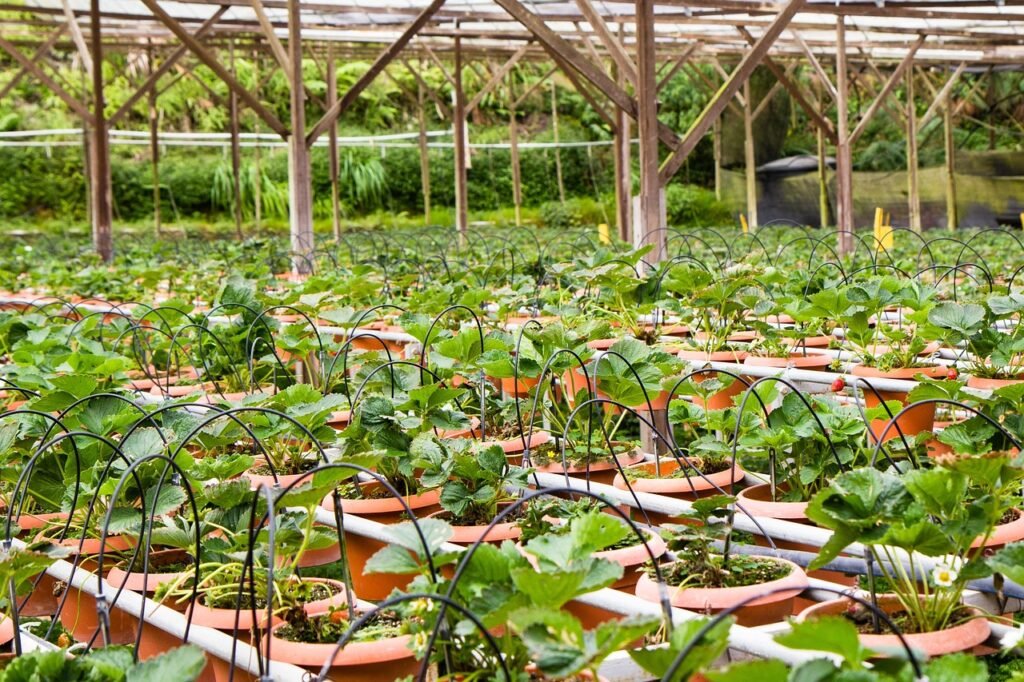
Organic Options like Neem Oil or Copper Fungicides
When it comes to combating those pesky diseases that can plague your precious strawberry plants, going the organic route is often the preferred choice for many gardeners. Neem oil, derived from the seeds of the neem tree, is a fantastic natural fungicide and insecticide that can help control a wide range of strawberry diseases.
It works by disrupting the growth and reproduction of fungal spores, effectively putting a stop to their destructive ways. Similarly, copper fungicides are another excellent organic option for treating common strawberry diseases.
These formulations create an environment on the plant surface that is hostile to fungi, preventing them from taking hold and spreading. Plus, using organic solutions ensures that you’re not introducing harmful chemicals into your garden ecosystem.
Chemical Treatments as a Last Resort with Caution
While organic options are generally preferred due to their minimal impact on the environment and beneficial insects, there may be instances where chemical treatments become necessary as a last resort. Chemical fungicides can be highly effective at controlling stubborn diseases that refuse to yield to gentler methods.
However, it’s crucial to exercise caution when using these products. Always follow the manufacturer’s instructions meticulously, wear appropriate protective gear such as gloves and masks, and apply chemicals during calm weather conditions to prevent drift.
Additionally, take care not to overuse chemical treatments as this can lead to resistant strains of pathogens developing over time. Remember, chemicals should only be used when absolutely necessary and in conjunction with other integrated pest management strategies for best results.
Lesser-Known Strategies for Disease Prevention
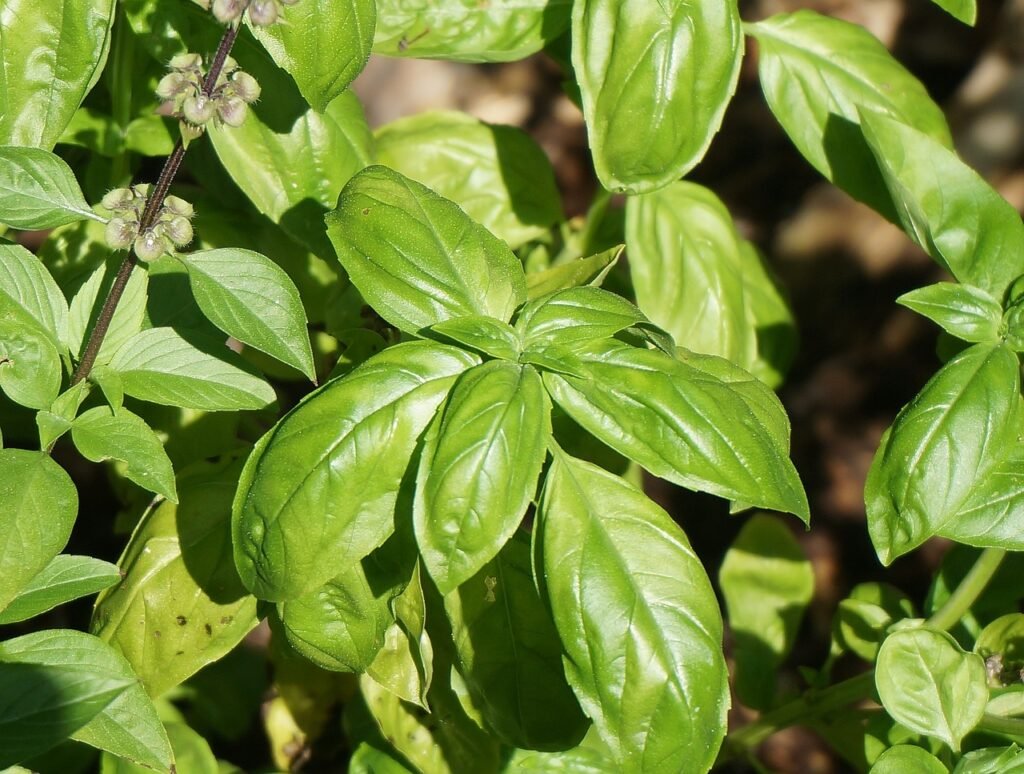
Companion planting with beneficial herbs like basil
When it comes to keeping those pesky strawberry diseases at bay, sometimes the best solutions are the simplest ones. Companion planting is an age-old technique that involves strategically placing plants next to each other to enhance growth and deter pests and diseases. One excellent companion for strawberries is basil.
Not only does basil emit a scent that repels certain insects that can harm your strawberry plants, but it also has natural antimicrobial properties that can help protect against fungal diseases. Planting basil near your strawberries creates a harmonious environment where these two plants work together to fend off potential threats.
Applying compost tea to boost plant immunity
Compost tea might sound like something you’d find on a whimsical menu at a trendy café, but in reality, it’s a powerhouse for boosting plant health and immunity. This nutrient-rich liquid fertilizer is made by steeping compost in water and then extracting the beneficial microbes and nutrients through a brewing process.
When applied to your strawberry plants, compost tea acts as a natural tonic, enriching the soil with essential minerals and beneficial microorganisms that support plant growth and fight off diseases. Think of it as giving your strawberries an invigorating spa treatment from the inside out – they’ll thank you with robust health and increased resilience against those sneaky pathogens.
I hope this section adds depth to your article on Strawberry diseases! Let me know if you need more assistance with other sections or topics!
Rarely Known Facts about Strawberry Diseases
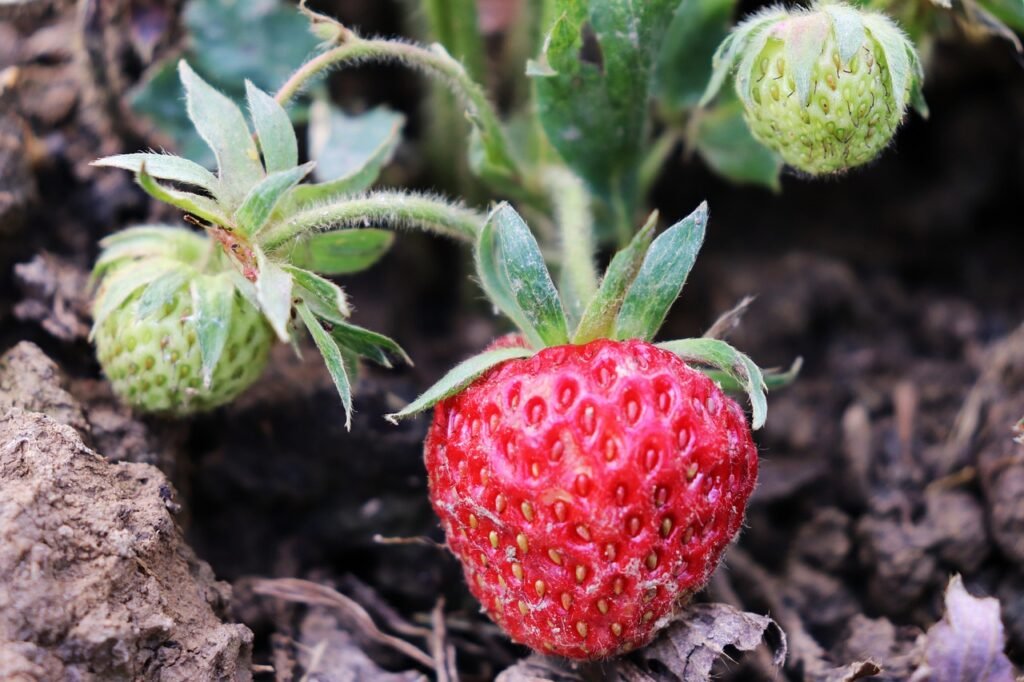
The importance of soil pH in disease prevention
Did you know that the pH level of your soil can significantly impact the health of your strawberry plants? Maintaining the right soil pH is crucial for preventing diseases in your strawberry patch. Strawberries thrive in slightly acidic soil with a pH range of 5.5 to 6.5.
When the soil pH is too high or too low, it can create an environment where pathogens thrive and attack the roots and foliage of your plants. By regularly testing and adjusting the pH levels in your soil, you can create a more hospitable environment for your strawberries and help prevent disease outbreaks.
The role of beneficial microbes in combating pathogens
Beneficial microbes are unsung heroes in the battle against strawberry diseases. These tiny organisms, such as certain bacteria and fungi, play a vital role in protecting plants from harmful pathogens. Beneficial microbes form a symbiotic relationship with strawberry roots, helping them absorb nutrients more efficiently and strengthening their immune system against diseases.
Additionally, some beneficial microbes directly compete with pathogenic microorganisms for space and resources, effectively reducing disease incidence in strawberries. By fostering a healthy microbial community in your soil through practices like adding organic matter and avoiding harsh chemical treatments, you can boost your plants’ natural defenses against diseases.
Conclusion and Final Tips
Importance of Early Intervention
Don’t underestimate the power of early intervention when it comes to dealing with strawberry diseases. As soon as you spot any suspicious spots or wilting leaves, take action immediately.
Diseases can spread rapidly among your precious strawberry plants, so catching them early can make a significant difference in saving your harvest. Remember, prevention is always better than cure!
Regularly Inspecting Plants for Signs of Disease
Make it a habit to regularly inspect your strawberry plants for any signs of disease. Set aside some time each week to walk through your garden and closely examine each plant. Look out for discoloration, spots, or any unusual changes in the foliage.
By staying proactive and observant, you can catch potential issues before they escalate into full-blown problems. While dealing with strawberry diseases may seem daunting at first, remember that with vigilance and timely action, you can protect your precious plants and enjoy a bountiful harvest.
By incorporating preventive measures into your gardening routine and keeping a close eye on your strawberries, you are taking proactive steps towards ensuring their health and vitality. Stay positive and know that every challenge is an opportunity to learn and grow as a gardener!




